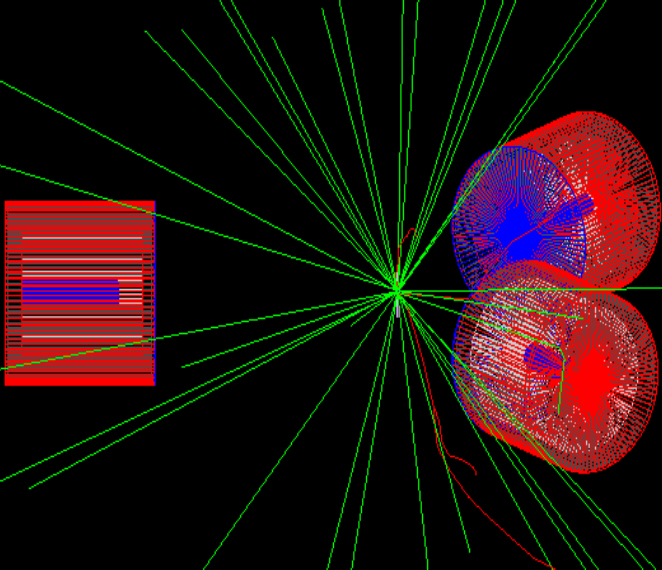Why are we interested in (n,xn) reactions?

(n,xn) reactions have a wide use for nuclear technology, as the behaviour of
the structural materials of reactors and other apparatus needs to be examined under
radiation.

Their study is important both for fission and for fusion projects, as the
propagation and stopping of neutrons is important in both.

Apart from applications, the study of (n,xn) reactions can aid basic research
as well. Experimental data can be used to validate and improve theoretical models and help
us gain a better understanding of the various underlying reaction mechanisms.
What exactly do we do?

Our group has been actively participating in neutron induced reactions measurements
for many years and in various facilities. Our most recent (and still ongoing) such experimental
campaign was the study of (n,2n) reactions on a number of rare earth isotopes, such as 165Ho and
Dy. A future campaign currently being prepared concerns the study of neutron inelastic scattering
through gamma spectroscopy.
Bonus: Neutron Scattering Explained!
Scattering Play-doh Video

















